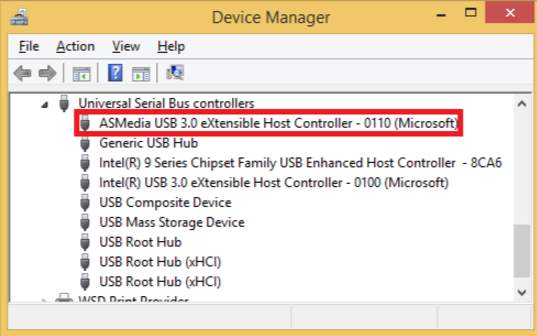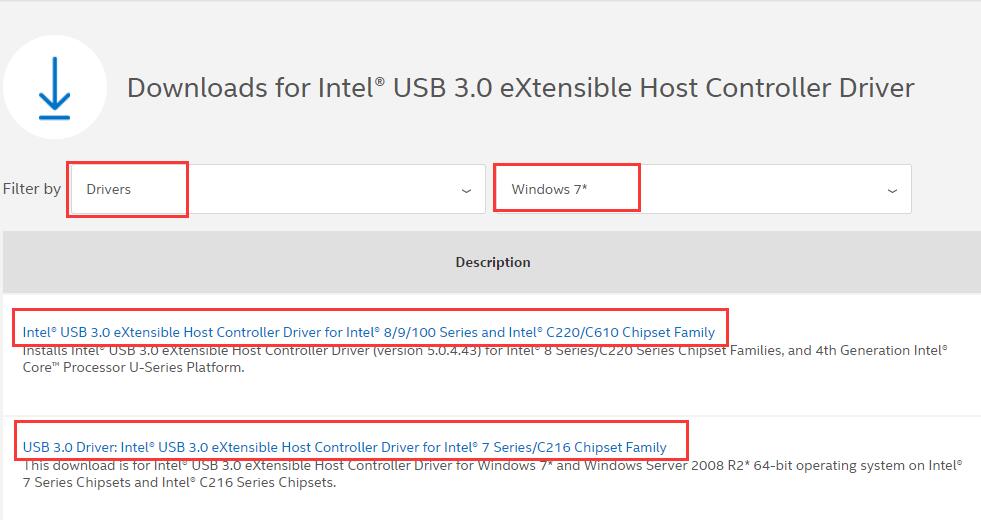-->
This topic highlights the new features and improvements for Universal Serial Bus (USB) in Windows 10.
UCSI driver extensionStarting in Windows 10, version 1809, a new class extension for UCSI (UcmUcsiCx.sys) has been added,which implements the UCSI specification in a transport agnostic way. With minimal amount of code, your driver, which is a client to UcmUcsiCx, can communicate with the USB Type-C hardware over non-ACPI transport. This topic describes the services provided by the UCSI class extension and the expected behavior of the client driver.
Round of Applause - Bustin' At Em 13. Round of Applause - Grove St. Kebo Gotti 14. Applause mp3 download. Round of Applause - For My Dawgs 12.
USB Type-C Port Controller Interface
Windows 10 version 1703 provides a class extension (UcmTcpciCx.sys) that supports the Universal Serial Bus Type-C Port Controller Interface Specification. A USB Type-C connector driver does not need to maintain any internal PD/Type-C state.The complexity of managing the USB Type-C connector and USB Power Delivery (PD) state machines is handled by the system. You only need to write a client driver that communicates hardware events to the system through the class extension.
USB Dual Role support.
https://freelancelucky.netlify.app/wizard-of-oz-games-free-download.html. USB Dual Role controllers are now supported in Windows. Windows includes in-box client drivers for ChipIdea and Synopsys controllers. For other controllers, Microsoft provides a set of programming interfaces that allow the dual-role class extension (UrsCx) and its client driver to communicate with each other to handle the role-switching capability of a dual-role controller.
For more information about this feature, see:
New set of programming interfaces for developing a USB Type-C connector driver.
This version introduces native support for USB Type-C as defined in the USB 3.1 specification. The feature allows devices to use a reversible connector, a symmetric cable, faster charging, and Alternate Modes running over the USB cable. These programming interfaces allow you to write a driver for the connector (called the client driver in this section) that communicates with the Microsoft-provided class extension module: UcmCx to handle scenarios related to Type-C connectors such as, which ports support Type-C, which ports support power delivery.
New set of programming interfaces for developing an emulated host controller and a connected virtual device.
Windows 10 introduces support for emulated devices. Now you can develop an emulated Universal Serial Bus (USB) host controller driver and a connected virtual USB device. Both components are combined into a single KMDF driver that communicates with the Microsoft-provided USB device emulation class extension (UdeCx).
New set of programming interfaces for developing a USB host controller driver.
You can develop a host controller if your hardware is not xHCI specification-compliant or your are writing a virtual host controller, such as a controller that routes USB traffic over a TCP connection to the peripherals attached to a device. Your host controller driver is a client to the USB host controller extension, which is a system-supplied driver that follows the framework class extension model. Within the Microsoft USB 3.0 Driver Stack, UCX provides functionality to assist the host controller driver in managing a USB host controller device.
New set of programming interfaces for developing a USB function controller driver.
You can write a client driver that communicates with the USB function class extension (UFX) and implements controller-specific operations. UFX handles USB function logic that is common to all USB function controllers.
Improved experience for USB CDC (serial) devices.
Allows devices that are compliant with the USB communication devices Class (Class_02 & SubClass_02) to work with Windows 10 by using the Usbser.sys driver. Device manufacturers are no longer required to write a custom INF to install that driver.
May 20, 2017 - Next thing, I would suggest here is to Uninstall the 'Intel USB 3.0 eXtensible host controller driver' from the control panel and programs. Download the latest VIA USB 3.0 eXtensible Host Controller 0096 (Microsoft) driver for your computer's operating system. All downloads available on this website have been scanned by the latest anti-virus software and are guaranteed to be virus and malware-free.
- I know that HP does not provide drivers for Windows 7 and i can just extract the files from the Windows 10 Driver files and should be able to install them on Windows 7. I am able to get most of the drivers for Windows 7 but one driver is missing and i think i know why. AMD USB 3.0 eXtensible Host Controller 09:23 AM.
- When your PC is equipped with the latest Intel USB 3.0 eXtensible Host Controller driver, you will not encounter the xHCI incompatibility issue on Windows 10. With reference to this post, it is likely that you know how to fix this Intel USB 3.0 Host Controller driver not working or compatible problems by updating the xHCI drivers for Windows 10.
In order to manually update your driver, follow the steps below (the next steps):
1. Extract the .cab file to a folder of your choice
2. Go to Device Manager (right click on My Computer, choose Manage and then find Device Manager in the left panel), or right click on Start Menu for Windows 10 and select Device Manager

 3. Right click on the hardware device you wish to update and choose Update Driver Software
3. Right click on the hardware device you wish to update and choose Update Driver Software4. Choose to select the location of the new driver manually and browse to the folder where you extracted the driver
5. If you already have the driver installed and want to update to a newer version got to 'Let me pick from a list of device drivers on my computer'
6. Click 'Have Disk'
7. Browse to the folder where you extracted the driver and click Ok
About On-board USB Driver:
Windows operating systems automatically apply a generic driver that allows users to transfer files using the USB (Universal Serial Bus) port; however, installing the appropriate software can bring about significant changes.
If the proper USB software is installed, systems will benefit from improved compatibility with different devices, numerous fixes regarding USB issues, and various other changes that can increase transfer speed with external storage drives.
When it comes to the installation steps, simply check to make sure that the download record is compatible with your system characteristics, get the package, run the setup, and follow the on-screen instructions for a complete update.
Bear in mind that even though other OSes might be compatible, it would be best if you applied this package only on specified platforms. In addition to that, as technology evolves from one day to another, we recommended that you always use the latest software available.
That being said, click the download button, get and apply the present version and enjoy your newly updated system. Also, constantly check back with our website to find out when a new version is available.
Intel Usb 3.0 Extensible Host Controller Driver Windows 8
- COMPATIBLE WITH:
- Windows 10
Windows 10 64 bit - file size:
- 923 KB
- filename:
- 20842896_030efbbc204397e59accab4f63d4982238421438.cab
- CATEGORY:
- Motherboard
Windows 10 Usb 3.0 Not Working
It is highly recommended to always use the most recent driver version available.
Try to set a system restore point before installing a device driver. This will help if you installed an incorrect or mismatched driver.
Problems can arise when your hardware device is too old or not supported any longer.